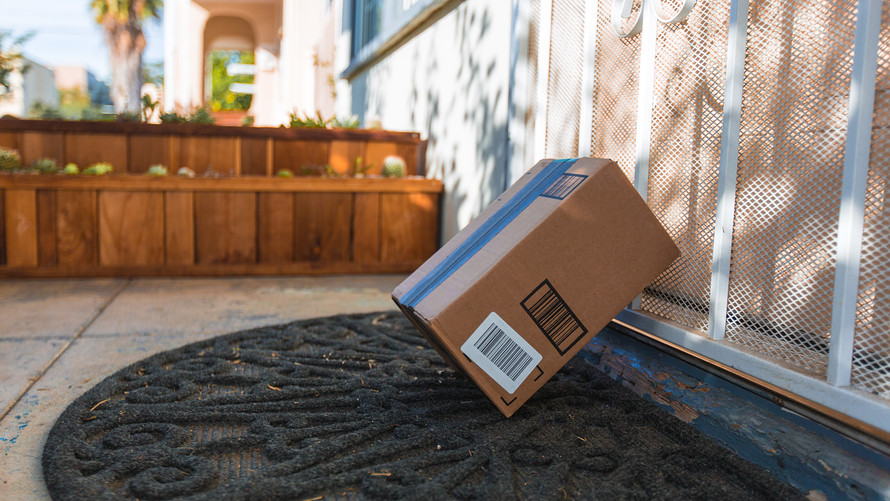
Amazon has explored everything from drones to smart door locks allowing deliveries to be made inside customer homes. Now the company is undertaking another part of the retail process: Shipping.
Amazon AMZN, +2.88% launched its own shipping service in Los Angeles this week, which will deliver packages directly from third party companies to consumers. The new “Shipping with Amazon” service cuts FedEx FDX, +1.39% and UPS UPS, +0.01% out of the equation to further streamline the delivery process.
Amazon already delivers some of its own orders in at least 37 U.S. cities and the company will roll out the service in more cities in coming weeks, The Wall Street Journalreported Friday.
Prices for Amazon Prime, a membership that includes free two-day shipping, recently increased to $156 per year. Orders over $25 on Amazon include free standard shipping, and otherwise shipping is $5.99 per order.
But what does this mean for your packages?
If successful, it could mean fewer delays, faster delivery, and cheaper prices, said Eytan Buchman, vice president of marketing at freight disruption startup Freightos. Amazon has expressed interest in entering the cargo operating world since 2013, shortly after holiday deliveries were delayed by a FedEx mixup.
Buchman compared the move to innovations like robot fleets in warehouses and standardized two-day shipping. “Amazon’s goal here is likely the same; assessing if their network and technological capabilities can indeed vastly improve buyer experiences,” he said. “Based off of past experience, it seems likely that they can.”
This time, however, Amazon is against tough competition: both UPS and FedEx have made their own investments into delivery innovation like driverless cars and drone delivery, and the companies have years of experience and infrastructure on their side. UPS has more than 200 planes and FedEx has more than 600 globally. Amazon has leased about 40 as of now as it establishes a hub in Ohio.
Is Amazon Going to Rule the World?
Lower costs equate to lower prices
“Amazon’s current model of using outside delivery services to delivery packages to the concise degree that FedEx and UPS do is not easily achievable, so that is going to be extremely costly for them,” Brandon Fried, executive director of The Airforwarders Association said. If it fails, service could actually get worse for Amazon users, he said.
Amazon has been poised to invest in its own shipping for years. Shipping costs are a huge burden on the company, costing it $21 billion in 2015, 2016, and 2017 according to the company’s filing with the Security and Exchange Commission earlier this month.
Amazon has said it is working to cut these costs through achieving higher sales volumes, economies of scale and negotiating better terms with suppliers. If it does achieve this, savings will likely be passed onto consumers, Fried said. This could be in the form of cheaper shipping, or cheaper prices for products overall.
